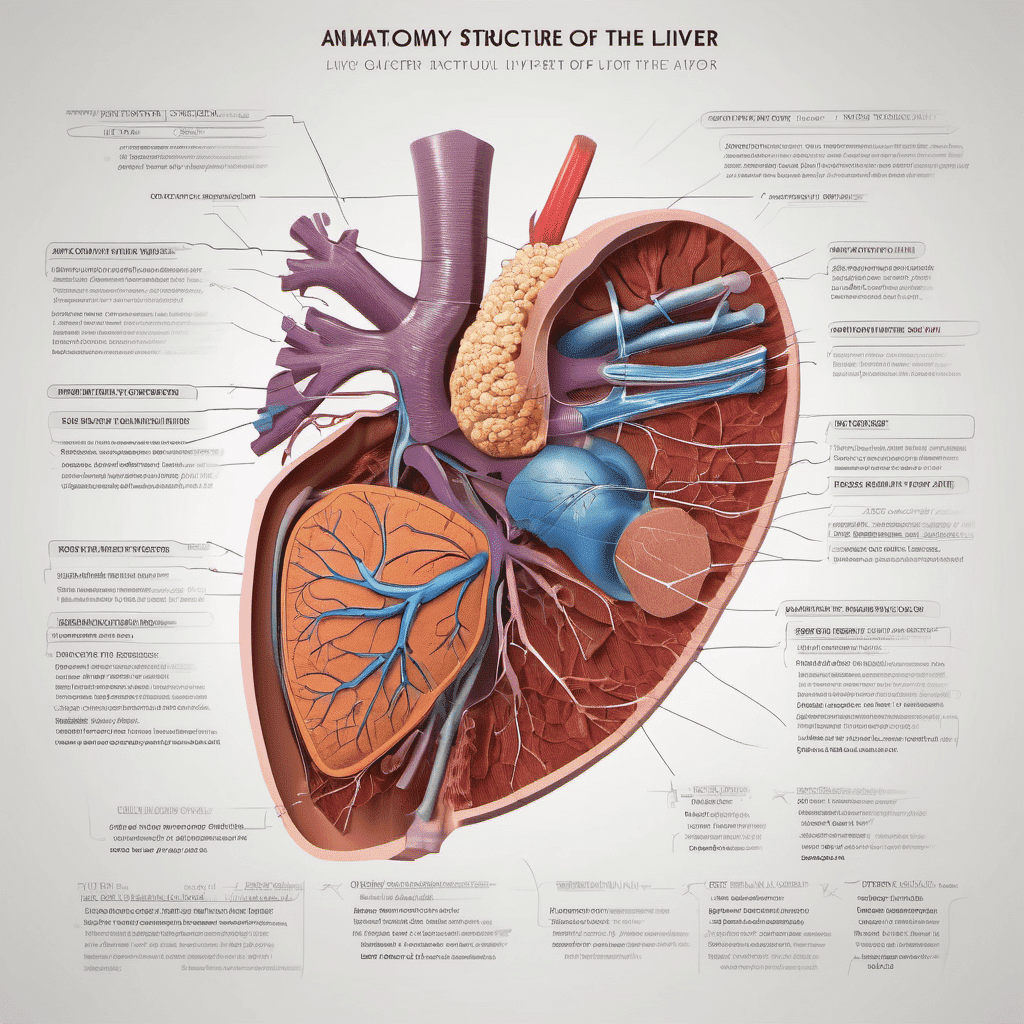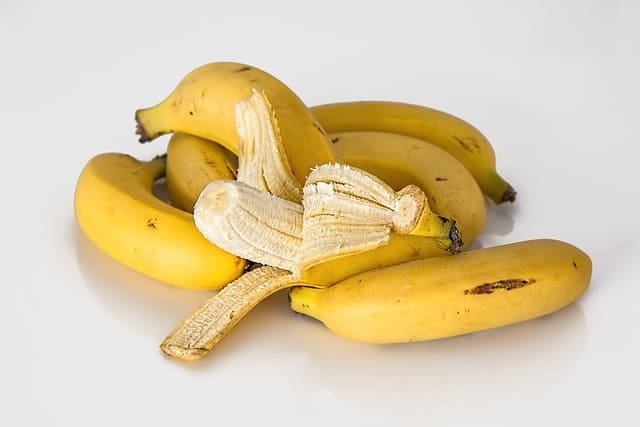The liver is an essential organ of the human body, which plays a vital role in maintaining overall health and well-being. Located in the upper right side of the abdomen, the liver acts as a biochemical powerhouse, performing many vital functions for the optimal functioning of the body. From metabolizing nutrients, detoxifying harmful substances and producing vital proteins to regulating blood clotting and storing glycogen, the liver’s versatile responsibilities make it essential for our body’s balance. Its unique ability to regenerate further underlines its importance. A coordinated action between the liver and various body systems is essential to maintain metabolic homeostasis and prevent potential health complications. Understanding the complex relationship between the liver and overall health is paramount, as it empowers individuals to make informed lifestyle choices that promote liver health and, in turn, contribute to a resilient and thriving physical condition.
Anatomy and Structure of the Liver: A Comprehensive Overview
The liver, located in the upper right part of the abdomen, is a complex organ with a unique structure designed to perform its many functions. Understanding the anatomy and structure of the liver is fundamental to appreciating its vital role in maintaining overall health.
-
- External Anatomy:
Externally, the liver is identified by its reddish-brown color and wedge-shaped appearance. It is the largest internal organ in the human body, weighing about three pounds in adults. Located just below the diaphragm, the liver extends into the upper abdominal cavity, with the right lobe being significantly larger than the left. The organ is protected by ribs, which contribute to its shielded location. - Internal structure:
Internally, the liver is organized into lobes and lobules. The primary division occurs between the right and left lobes, which are further divided into smaller lobules. Hepatic lobules are the functional units of the liver, each containing hepatocytes – the main functional cells responsible for the liver’s diverse functions. - Blood supply:
The liver’s extensive blood supply is essential to its functions. Two main vessels, the hepatic artery and the portal vein, supply blood to the liver. The hepatic artery provides oxygen-rich blood, while the portal vein carries nutrient-rich blood from the digestive organs. These vessels branch within the liver, forming a complex network that ensures a rich blood supply for metabolic activities. - Biliary system:
Integral to the structure of the liver is the biliary system, which includes the bile ducts and gall bladder. The liver produces bile, a greenish-yellow fluid that contains salt, cholesterol, and bilirubin. Bile is essential for the digestion and absorption of fats in the small intestine. Bile ducts carry bile from the liver to the gall bladder for storage and later release it into the duodenum. - Connective tissue and capsule:
Surrounding the liver lobules is connective tissue known as the Gleason capsule, which provides structural support and protects the delicate blood vessels and bile ducts within the liver. The liver is also covered with a tough, fibrous outer covering called the Gleason sheath, which contributes to the flexibility of the organ. - Regeneration Capacity:
A remarkable aspect of the liver’s structure is its regenerative capacity. Hepatocytes have a unique ability to proliferate and regenerate damaged tissues. This regenerative capacity allows the liver to recover from injuries, such as mild toxin exposure or surgical resection, which contributes to its resilience. - Gall bladder:
Although the gall bladder itself is not part of the liver, the gall bladder is closely related to its function. A small, pear-shaped organ, the gallbladder stores and concentrates bile produced by the liver. When stimulated, the gallbladder releases bile into the duodenum through the common bile duct, aiding in the breakdown and absorption of fat.
- External Anatomy:
The liver’s complex anatomy and structure are designed to accommodate its diverse functions, ranging from metabolic processes to detoxification and bile production. Its regenerative abilities underline the importance of maintaining its health, as liver well-being is integral to the overall health and homeostasis of the human body.
Conclusion:
Finally, delving deeper into the intricacies of the liver’s anatomy and structure reveals the remarkable sophistication of this vital organ. Its distinct lobular architecture, complex vascular network and cellular components underline the specialized nature of its functions. From the hepatic lobules that filter blood to the sinusoids that facilitate nutrient exchange, every aspect of the liver’s design aligns with its multifaceted roles in metabolism, detoxification, and synthesis. Appreciating the architectural complexity of the liver increases our understanding of its plasticity and regenerative capacity. Furthermore, an understanding of its anatomy provides a foundation for understanding liver-related diseases and underlines the importance of maintaining liver health for overall well-being. The complex structure of the liver not only exemplifies the wonders of human physiology, but also emphasizes the importance of nutrition and protection of this organ to ensure the harmonious functioning of the entire body.
Remember: This information is for general awareness and should not replace personalized medical advice. Consult your doctor for specific questions or concerns regarding your liver health.
FAQs about the Anatomy and Structure of the Liver:
Q: Where is the liver located?
A: Tucked away in the upper right abdomen, just below the diaphragm. It’s the largest organ in the body besides the skin.
Q: What does the liver look like?
A: It’s reddish-brown and wedge-shaped, resembling a cone with the small end pointing upwards.
Q: How is the liver structured?
A: It’s divided into two main lobes (right and left) and further segmented into eight smaller sections called segments.
Q: What are the building blocks of the liver?
A: Millions of tiny structures called lobules are the functional units of the liver. Each lobule contains specialized cells called hepatocytes, responsible for most liver functions.
Q: How does blood flow through the liver?
A: It has a unique dual blood supply:
-
- Hepatic portal vein: Carries nutrient-rich blood from the digestive system.
- Hepatic artery: Delivers oxygenated blood from the heart.
- Blood from both sources flows through the lobules before entering the inferior vena cava, the largest vein returning blood to the heart.
Q: What are the ducts in the liver responsible for?
A: Bile ducts carry bile, a yellowish-green fluid produced by the liver, to the gallbladder for storage and eventually to the small intestine to aid in digestion.
Q: What are the main functions of the liver?
A: This multifaceted organ plays a critical role in:
-
- Detoxification: Removing harmful substances from the bloodstream.
- Metabolism: Processing nutrients, carbohydrates, proteins, and fats.
- Protein synthesis: Making essential proteins.
- Bile production: Aiding digestion and fat absorption.
- Blood clotting: Producing factors essential for clotting.
Q: Why is the liver so important?
A: It’s crucial for maintaining overall health and well-being, as its functions impact various bodily systems.
Q: what foods are good for liver repair?
A: Foods beneficial for liver repair include leafy greens, fatty fish, nuts, and olive oil. Limit processed foods and alcohol for optimal liver health.













